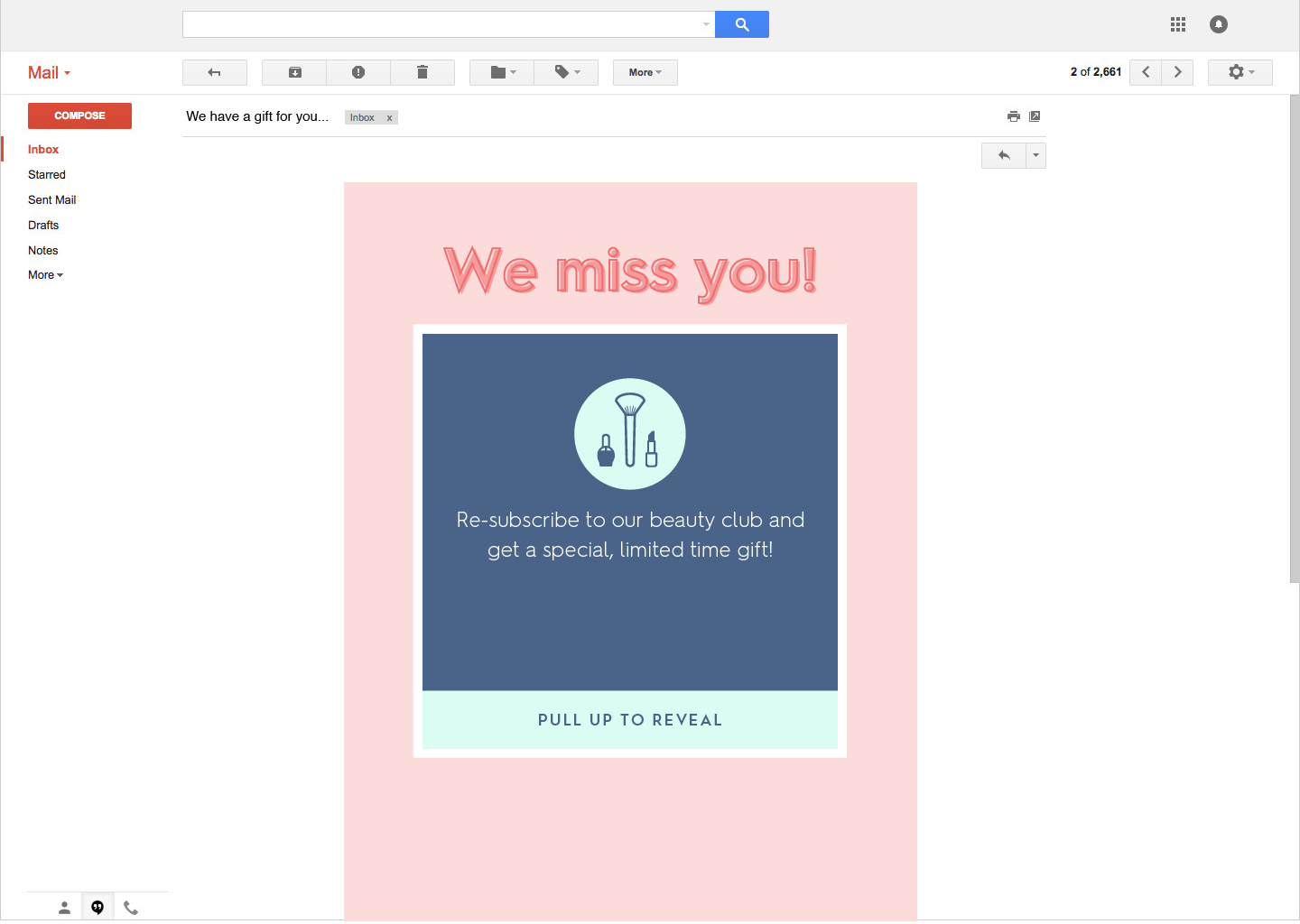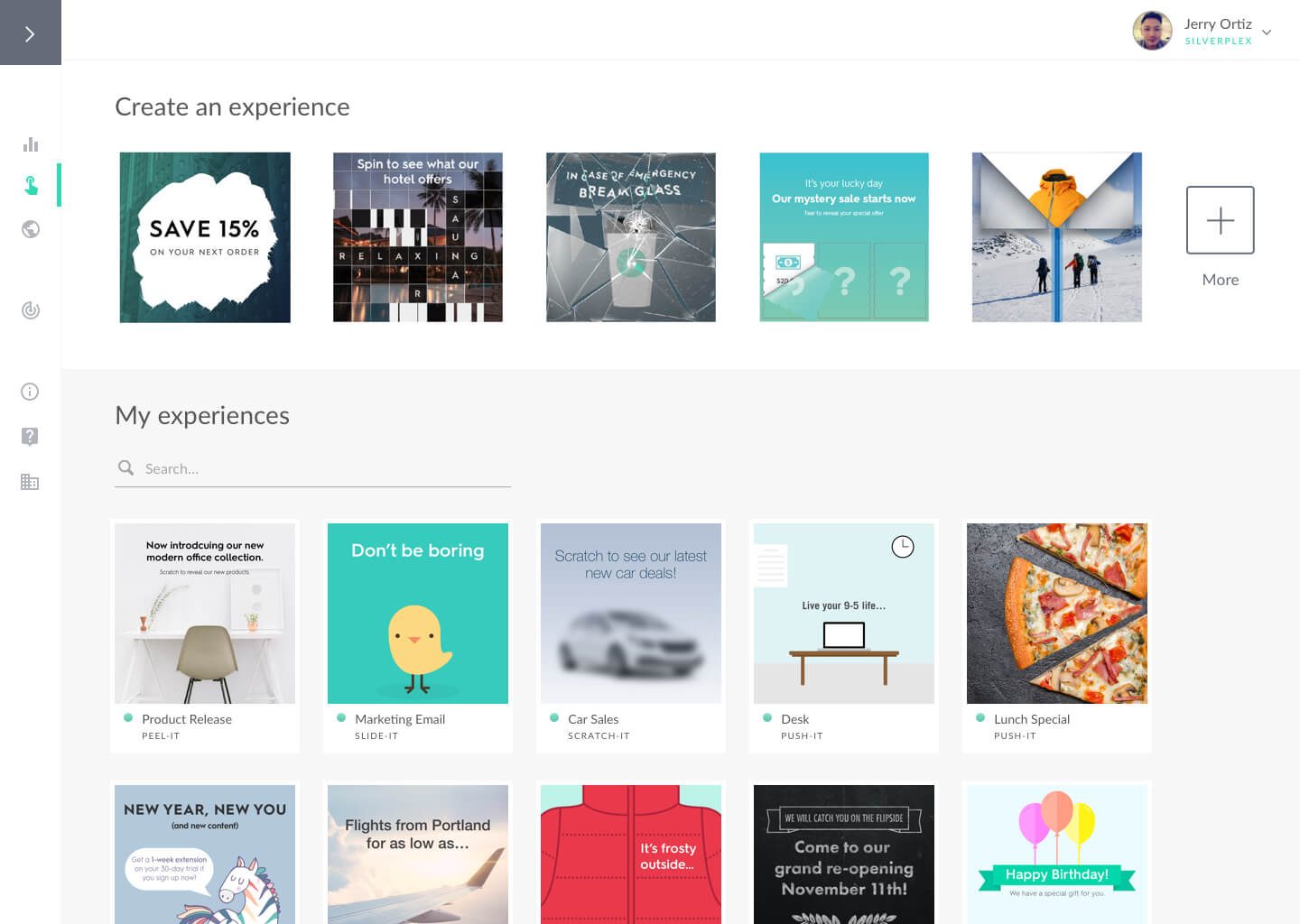What Affects Email Deliverability?
Email marketers spend a lot of time focusing on some pretty big metrics, namely open and click-through rates.
But what happens if your emails aren’t actually making it to the inbox?
When your emails aren’t arriving where they should then it’s pretty much impossible for your readers to engage with them.
That hurts every stat you can think of, from open rates to conversion, and yes even your sales.
In this post, we’re going to highlight what affects email deliverability. Pay attention to these factors, work on improving them, and you can be pretty sure all that other data you care about will improve.
What is email deliverability?
Before we go too deep, you might be wondering what email deliverability is, so let’s cover that first.
Essentially, deliverability refers to the process of getting the emails you want to send from your email service provider to your reader’s inbox where they can see it.
This is important because worldwide, 20% of emails sent by brands never make it to the inbox. And in the United States, that number is even higher 23%.
That’s almost a quarter of all emails sent.
Bad reputation
A bad email rep? Yup that is a thing. And it’s more than a thing; a bad email reputation can really impact your email deliverability rates.
When your email is sent out, your reader’s mailbox provider will do a quick scan of your email to check for a few key factors.
- Your sender reputation
- The reputation of the domain name you’re sending the email from
- Your overall email engagement metrics
- Your IP and server address
If any of those seem a bit shady, then you’re email is going to get dinged and sent to spam. That’s why, if you ever pop into your spam folder from time to time, you’ll see it chock full of emails.
Most of those emails deserve to be in there. But sometimes, you’ll find a bunch of emails from places you’ve subscribed that you’d like to check out and not end up in spam.
If you’re suffering from a bad email reputation, check out some of these other factors that affect email deliverability and improve them.
Inconsistent or non-existent emails
One factor that goes into that bad sender reputation is if your emails aren’t making an impact on your readers.
Here’s an example.
Let’s say a reader signs up to your email list because they are excited to hear from you more often. Then they wait.
And wait. And wait.
Nothing. No welcome email. No newsletter update.
Maybe they get some email six months down the road. But by then it’s too late. They’ve probably forgotten they’ve even signed up, and your email gets sent right to the spam folder, never to be seen again.
An example like this happens all too often, which is why it’s so important to include a welcome email (as well as a newsletter) in the types of emails you should be sending.
Email hygiene
Every once in a while, your email list needs a checkup.
You should go through your list and clear out anyone who isn’t opening your emails.
If deleting a bunch of people makes you nervous, try sending a re-engagement email first.

With a re-engagement email, like the one above, you’re giving people a chance to get active with your emails again.
And those who don’t open can probably safely be considered not interested. So these people can get cleaned off your list.
When you clean up your list, yes your list will get smaller. But it will also help improve your open, bounce, and click-through rates. And that means your overall email reputation will improve, which in turn, will help your deliverability rates.
Interstitial pages
Google makes a lot of updates to its algorithm; every marketer knows that. But a recent change has a direct impact on email marketers, and that’s interstitial pages.
Basically what this means is that Google is going to penalize brands that use certain types of ads or popup that cover a huge portion of a webpage and block the content.
This is primarily geared towards mobile users as more and more people use mobile devices to get online.
So if you’re worried that you’re going to be in trouble with trying to get email subscribers if you can’t use pop-ups you’d be right.
But there are some perfectly acceptable (legal) ways you can use pop-ups properly not to get penalized and get more subscribers.
One way to do that is by using behavioral triggers.

You can create a pop-up that is triggered just as a visitor is going to leave your website and surprise them with a special offer to entice them. You can also use a time trigger to have a smaller pop-up slide in the corner of the site and do the same.
Emails that don’t drive engagement
Another factor that goes into email deliverability is your overall reader engagement rate with your emails.
If enough people aren’t interested in reading or clicking through your emails then your deliverability is going to suffer.
You can fix that by creating better emails, and more specifically, emails that drive active engagement.
Using interactive content in your emails is one way to do that.

Getting users to scratch, break, click, guess, and spin in their emails is going to grab their attention.
And when readers perk up because your email is sitting in their inbox, only good things can happen. They will be more likely to open, engage, and click which will improve your deliverability rates and overall conversion.
Improve your emails and deliverability will follow
At the end of the day, if you want to see the needle move on your email marketing efforts, you have to get them delivered.
If you’re struggling with that, dive a bit deeper into some of these problems and you might discover a few easy fixes that can make a big difference.




